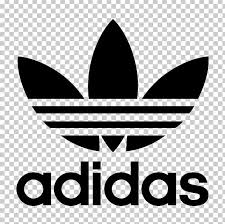The latest suits against “Discount” outlet stores in California, reminds me of one of my favorite lines from Casablanca:
“I’m shocked, shocked, to find that gambling is going on in here.”
Frankly, I would have been surprised if Calvin Klein, Adidas, Hugo Boss and DKNY had legitimate sales in any of their discount outlet stores.
As savvy shoppers know, many discount outlet stores are shams to make people believe they are getting tremendous deals.
Originally, discount outlet stores was the place where retail companies would sell their overstocked and outdated merchandise.
But once their businesses took off, many began gaming the system.
New lines of merchandise were started -some inferior to what was sold in retail stores, others sold damaged goods.
The biggest scam involves making up fictitious retail prices and then claiming that they were selling them up to 75 percent off.
There have been scores of class action lawsuit over the years against many retailers, who have payed millions of dollars to settle the accusations and promise not to do it again. Most of these suits were brought in California because of its liberal consumer protection laws.
For example: Coach recently agreed to a $5 million settlement, J.C. Penney settled its lawsuit by paying $50 million, Kohl’s paid $6.1 million, and Michael Kors settled for $4.88 million.
“Online store are also guilty of such practices. However, there are a number of price comparison tools available to consumers such as Camelcamelcamel and The Tracktor that determine how a sale price compares to the average long-term price of products and good sold on the internet,” writes Consider The Consumer.
The four suits – seeking class action status – were filed by the California law firm of Carlson Lynch.
As an example, the law firm sites this example:
“By presenting the consumer with a false ‘original’ price of $1,000.00, the retailer has increased demand for the suit through the perceived value of both the suit itself and the substantial discount of $700.00.
This effect, in turn, impacts the market price of the suit because more consumers are willing to pay $300.00 for a suit they believed was once sold for $1,000.00, when, in fact, the true market price of the suit, without the false discount, was $250.00.”


